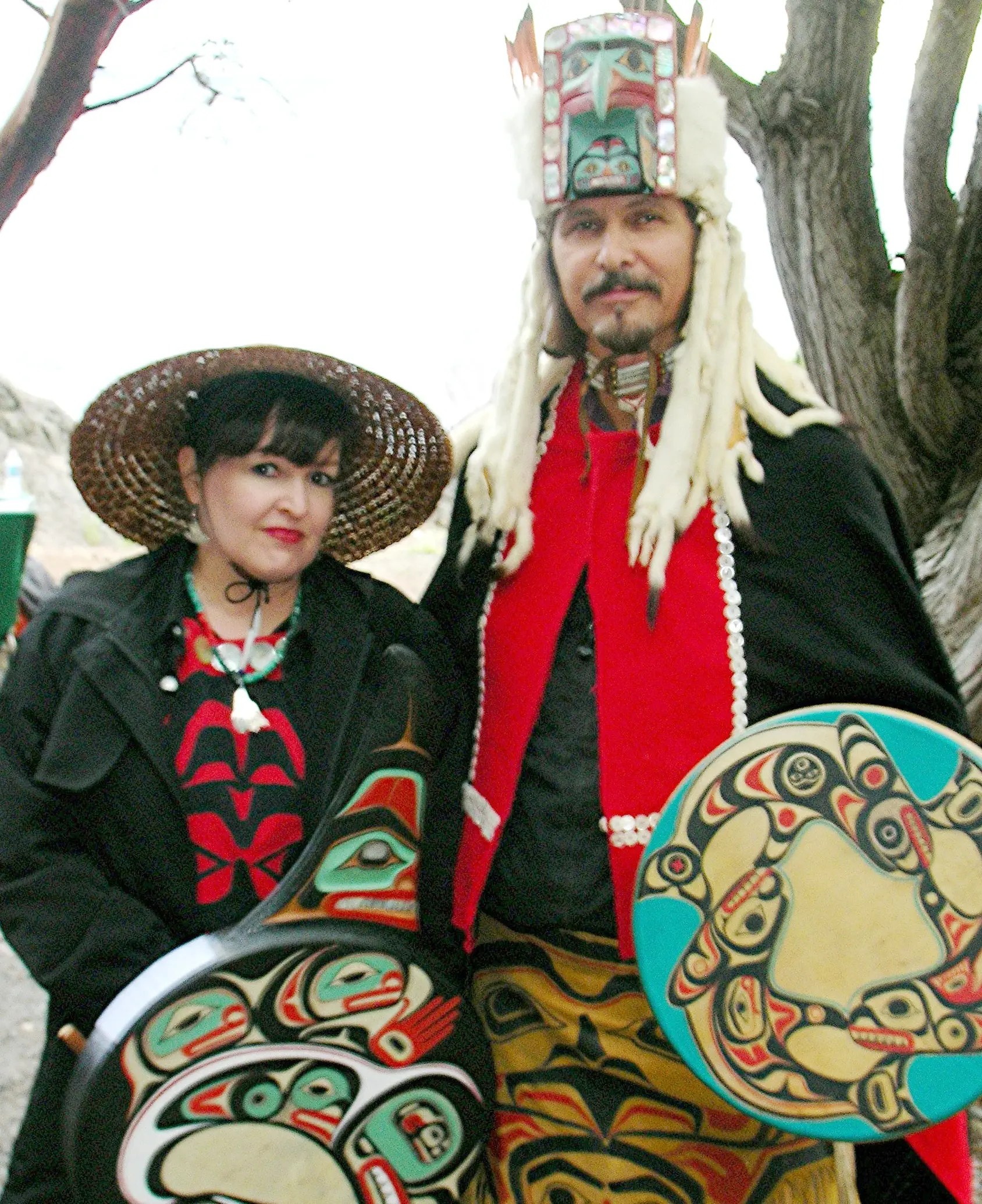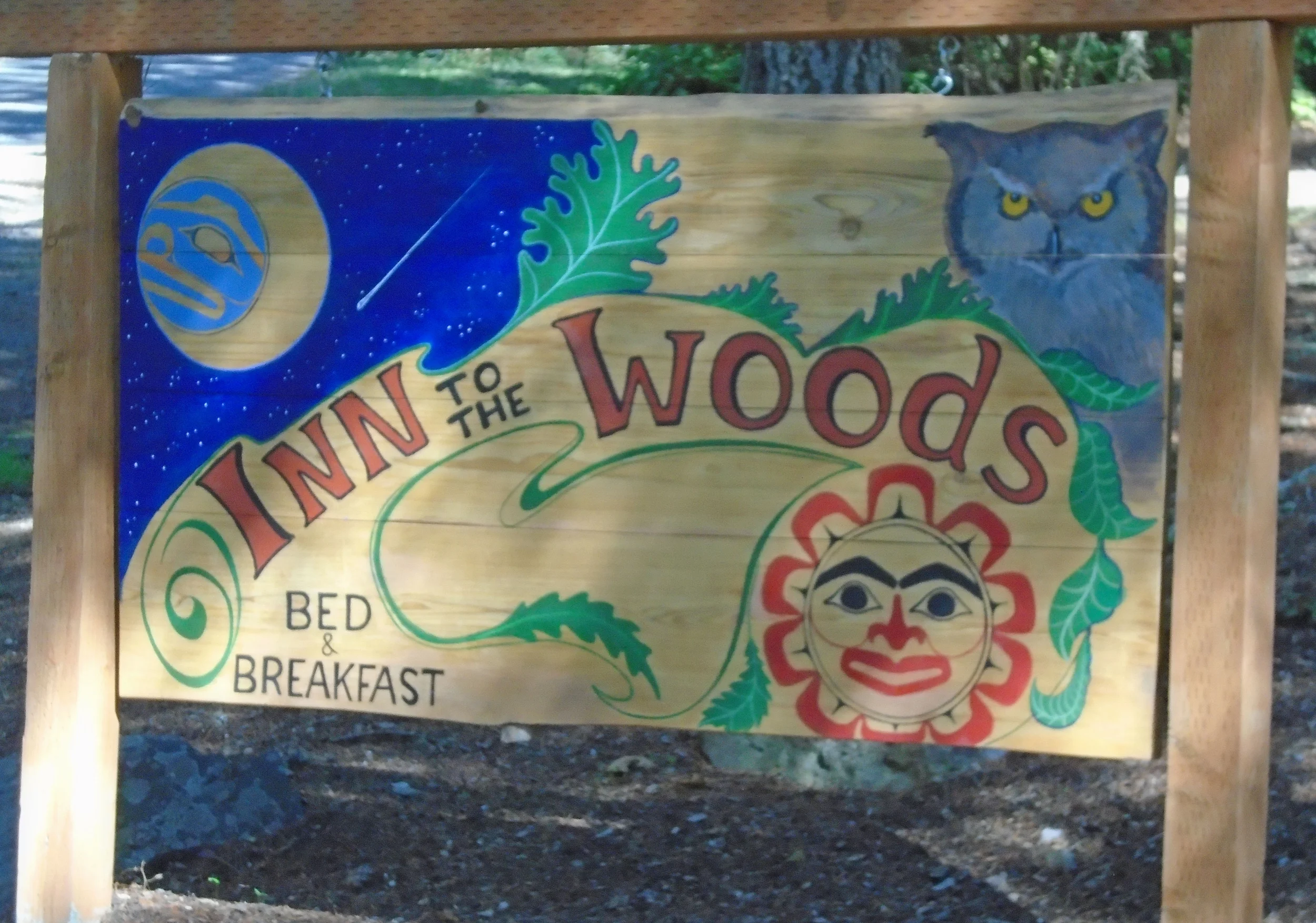We've long had an intrest in Native American history and culture. So, when we met Ann Stateler and Odin Lonning, what started as questions about Coastal Native traditions developed into a joint effort to share this knowledge with our guests and communtiy.

